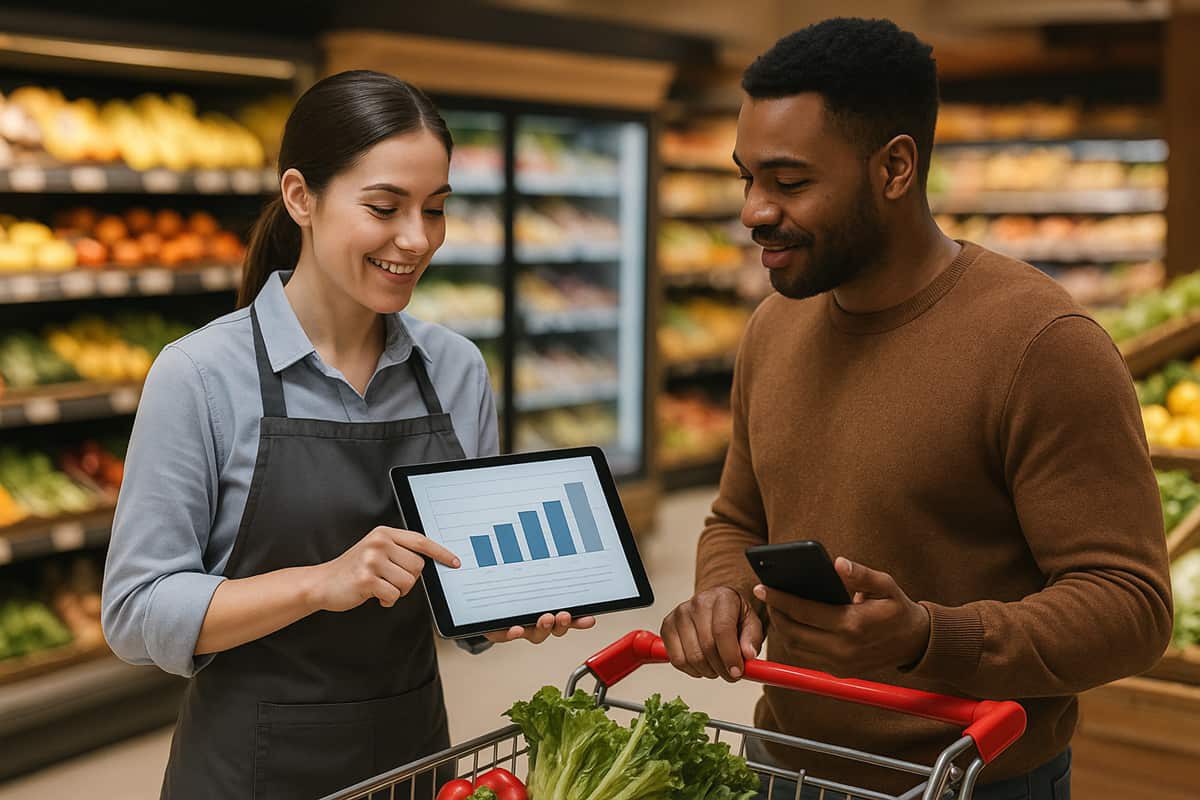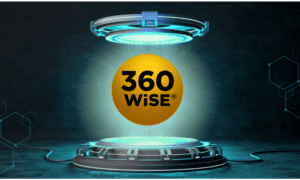Imagine walking into a grocery store or scrolling through a food app and finding exactly what you’re craving. Feels great, right? Behind this seamless experience is a key question food retailers tackle daily: What do shoppers really want? That’s where sales enablement tools come in. By using technology to predict consumer preferences, these tools help retailers stay ahead and deliver what people want.
Let’s dive into how sales enablement tools help food retailers meet changing customer needs and keep shoppers coming back.
Decoding Consumer Preferences with Data
Meeting consumer demands starts with understanding them. Food retail has always been a uniquely emotional market, where taste, health, and even trends play significant roles in purchasing decisions. Sales enablement tools leverage data to decode these behaviors, spotlighting what consumers want now and, more importantly, what they’ll want tomorrow.
For example, Tastewise’s sales enablement solutions take this a step further by grounding insights in real-time consumer behavior. By analyzing millions of data points from social media, restaurant menus, and online recipes, they help food brands identify emerging culinary trends and preferences. Whether it’s the rising love for plant-based alternatives or newfound interest in global spices, these insights empower food retailers to stay informed and relevant.
And it’s not just about tracking trends; these tools help businesses refine their strategies with precision. Tastewise, for example, ensures that key market opportunities are identified early, giving brands the ability to stand out by tailoring their offerings.
Enhancing Personalization and Customer Engagement
Consumers have grown to expect more than just products; they now crave personalized experiences. Whether it’s store-specific promotions or online suggestions for a new favorite snack, personalization creates loyalty and enhances satisfaction. Sales enablement technology makes this possible by connecting the dots between consumer data and actionable insights.
Food retail businesses use these tools to deliver what their customers want, often before they even realize it themselves. A store might promote a Korean-inspired barbeque sauce after noticing an uptick in interest in Korean cuisine nationwide. Tools like Tastewise scan today’s food culture to spotlight such emerging consumer preferences, allowing brands to deliver on the trends with killer timing.
Retailers also use enablement tools to build better customer relationships. By aligning product recommendations, promotions, and messaging with what truly resonates with shoppers, brands foster trust and loyalty. Consumers appreciate the convenience of discovering products that genuinely match their tastes and values.
Streamlining Inventory and Supply Chains
While meeting customer demands is essential, food retailers must also manage inventory and supply chains efficiently. Overpromising and under-delivering can quickly turn people away. Sales enablement tools make this balancing act easier by offering insights into purchasing patterns and demand forecasting.
By analyzing data collected from previous purchasing trends, these tools help stores predict inventory needs accurately. Even better, Tastewise’s capabilities provide context for these predictions. It’s one thing to know that plant-based milk sales are increasing, but a business really thrives when it understands why a spike is happening and whether it’s a long-term shift or a passing trend.
For example, if there’s a sudden demand for certain dairy-free products because of a viral smoothie recipe trend, using tools like those offered by Tastewise can help brands act quickly. Stocking up on trendy items, offering clever cross-promotion, and cutting back on less popular inventory ensures that shoppers find what they’re looking for when they walk through the doors or browse online.
Addressing Sustainability and Ethics
We can’t ignore the increasing consumer demand for sustainability and ethical practices in the food space. Many shoppers now consider a brand’s environmental impact, sourcing transparency, and community contributions when making purchasing decisions. Sales enablement tools help food retailers align with these values and communicate their efforts effectively.
Using Tastewise, retailers can uncover dining or grocery trends that hinge on sustainability, such as zero-waste recipes or shoppers prioritizing eco-friendly packaging. These insights help brands position themselves not just as providers of taste but also as advocates for healthier, greener living. Whether it’s suggesting locally sourced items or highlighting sustainable farming practices, sales enablement bridges the gap between consumer values and brands’ offerings.
Staying Agile in a Rapidly Changing Market
The food retail industry has undergone seismic shifts over the past few years. The spike in online ordering during the pandemic and the explosive popularity of grocery delivery apps stand as proof of just how adaptive businesses must be to stay in the game. Flexibility and agility are the new norms in food retail.
Sales enablement tools play a central role in helping brands pivot quickly to meet these demands. Whether detecting that morning coffee trends are giving way to matcha afternoons or preparing for post-holiday detox diet crazes, tools like Tastewise help food retailers adjust their strategies almost instantly. This capability to pivot keeps retailers one step ahead of competitors.
Equally important is how these tools support innovation. By spotting unfulfilled demands or niche opportunities, food retailers can develop unique offerings that delight customers. Whether it’s a new flavor, product format, or entire line inspired by emerging trends, innovation driven by real-time insights can lead to a higher level of consumer satisfaction.
Delivering Value in Every Bite
At the heart of every food retail decision lies a simple goal—to make sure customers are happy with what they’re eating, cooking, or snacking on. Sales enablement tools like those offered by Tastewise have made this goal increasingly attainable. By allowing businesses to adapt to consumer desires, personalize their offerings, and meet sustainability demands, these tools continue to redefine what it means to serve customers better.
For shoppers, this means fewer head-scratching moments in the aisle or on an app and more time spent enjoying foods and meals that truly hit the mark. For food retailers, it’s about standing out in a competitive market with strategies informed by solid data and insights.
Ultimately, as consumer demands evolve, one thing is clear: food retailers equipped with the right sales enablement tools are not just meeting the moment but shaping the future, one trend and one taste at a time.



































